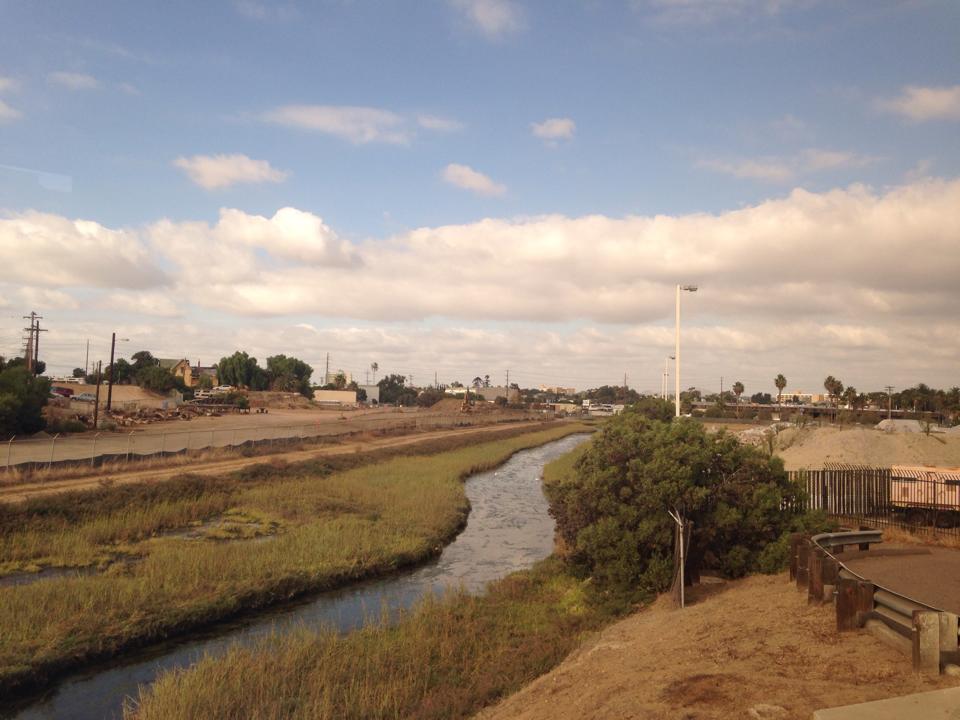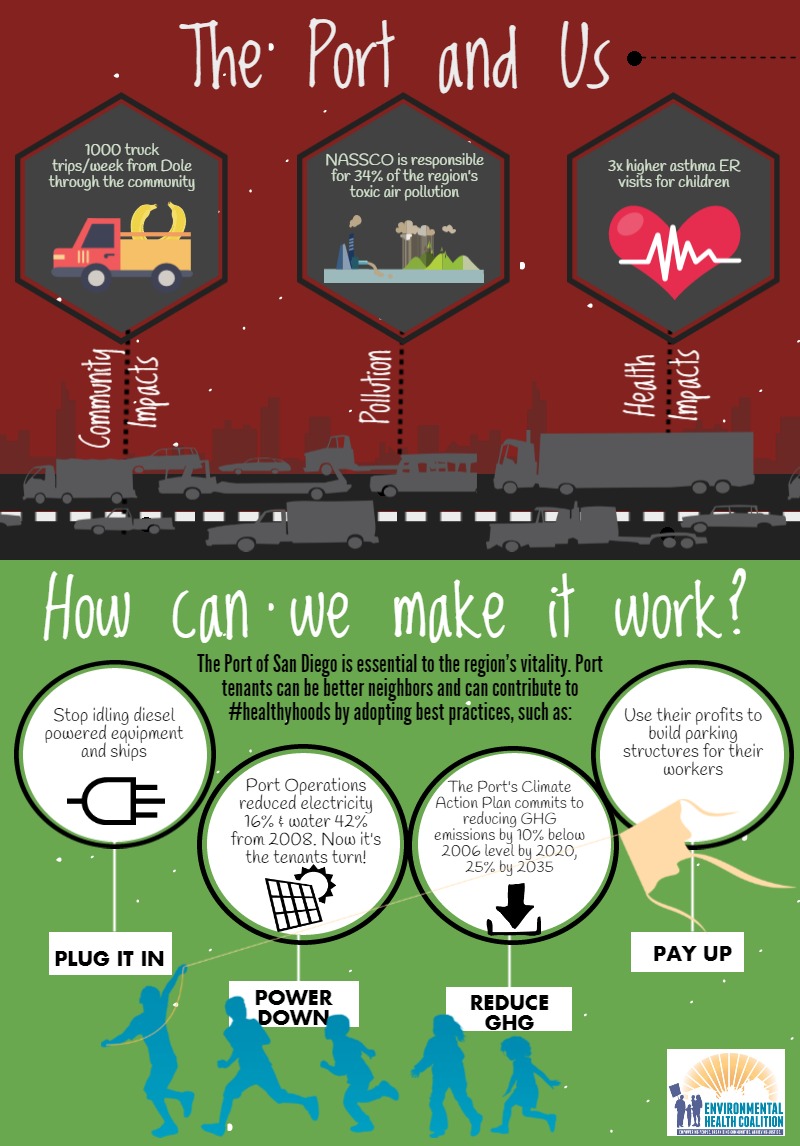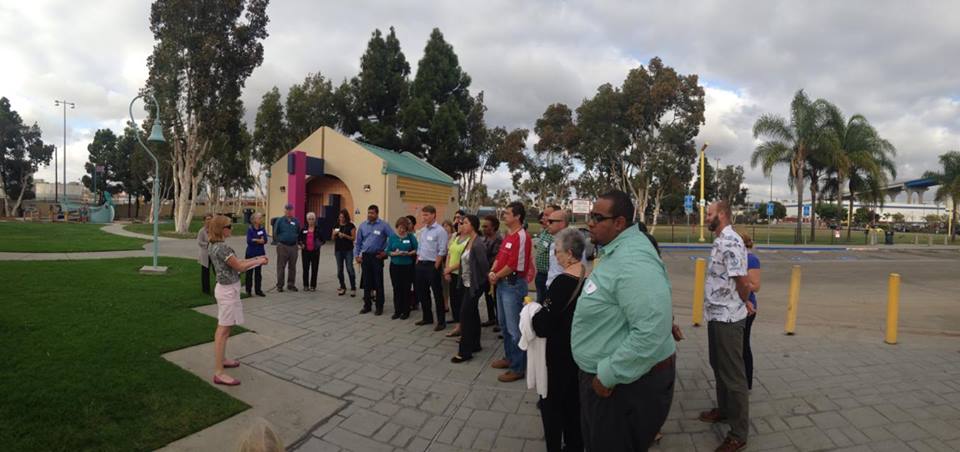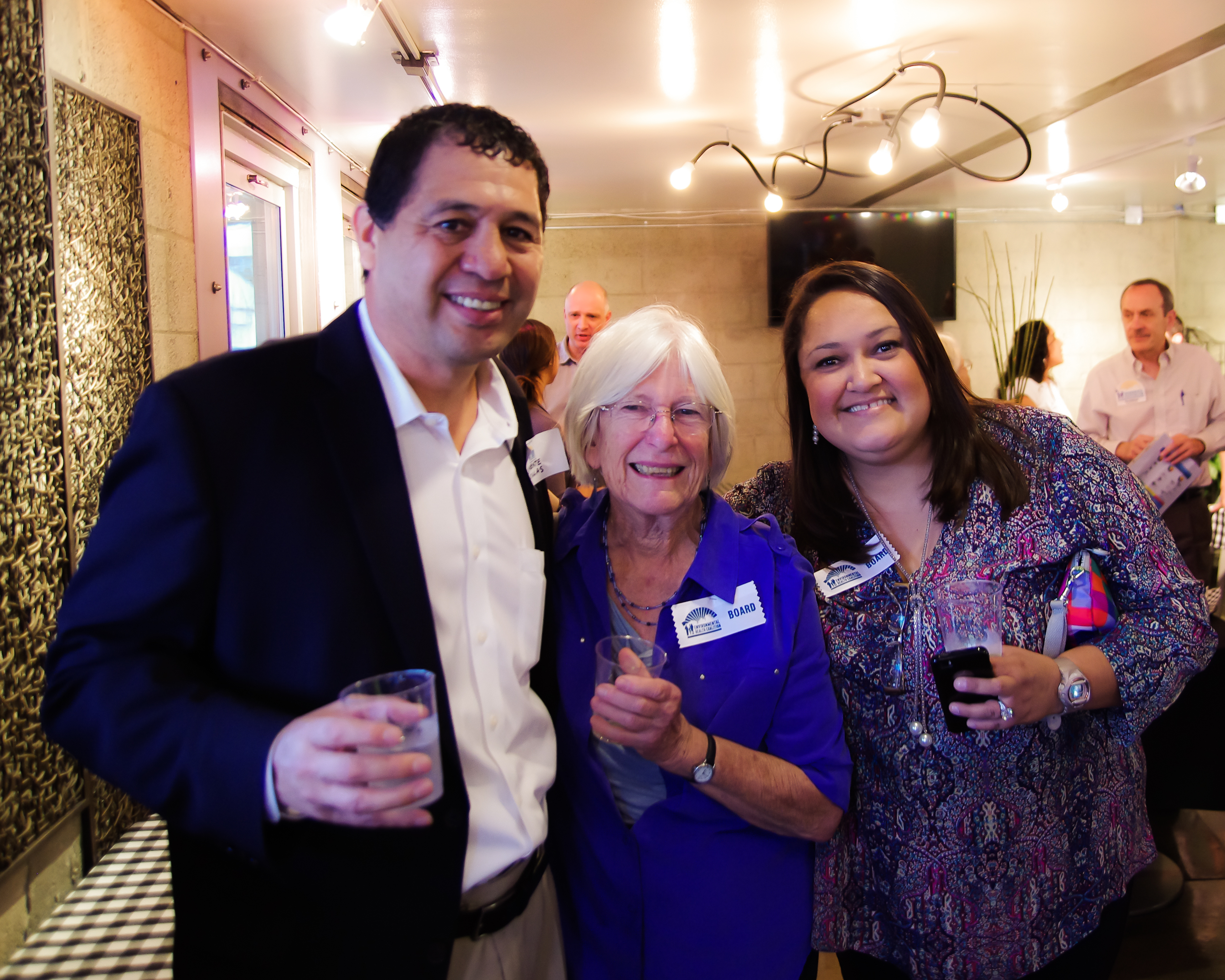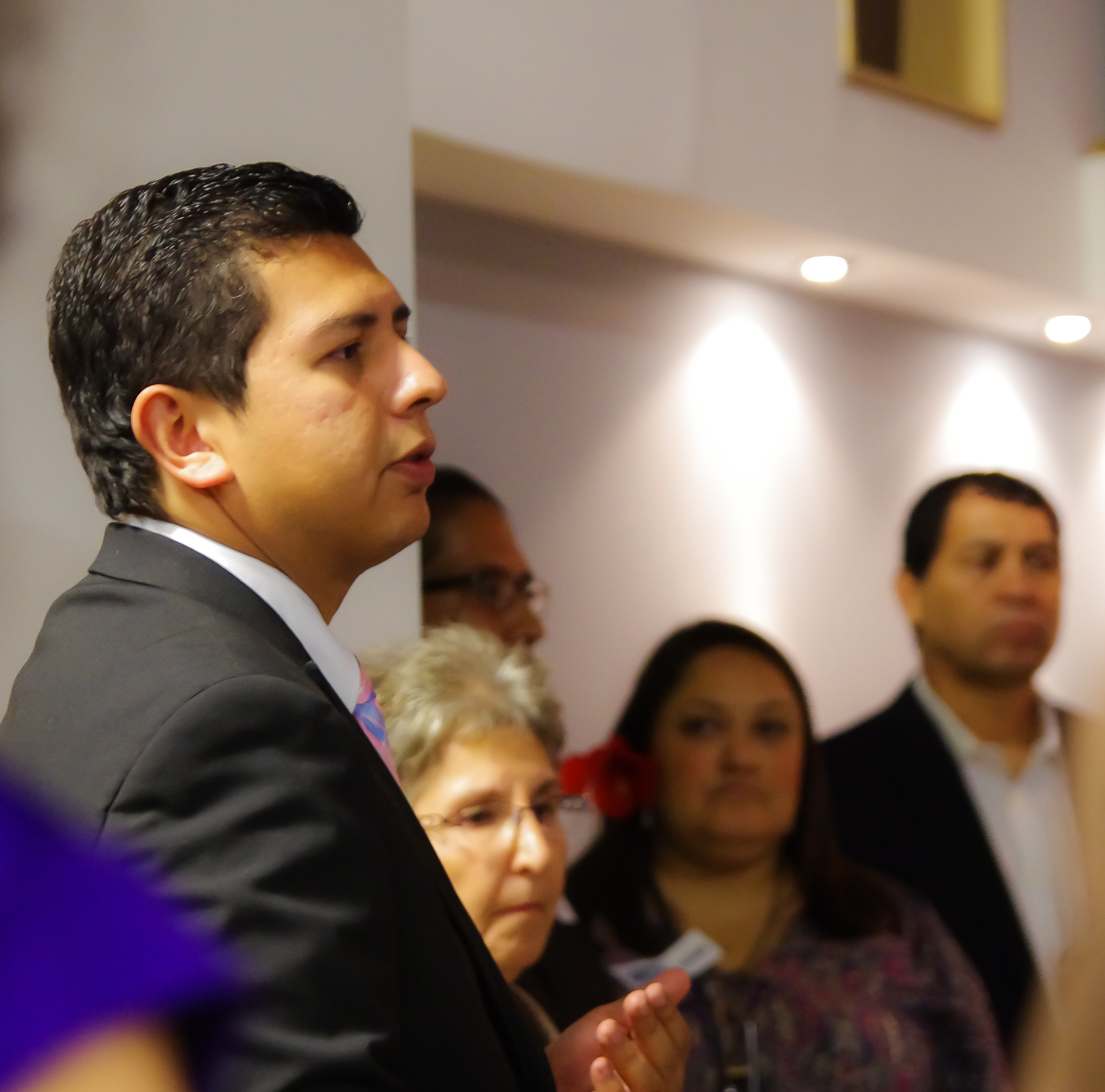Do you believe all neighborhoods should have equal access to alternative transportation and no communities should be overburdened with the pollution from cars on neighborhood streets or freeways?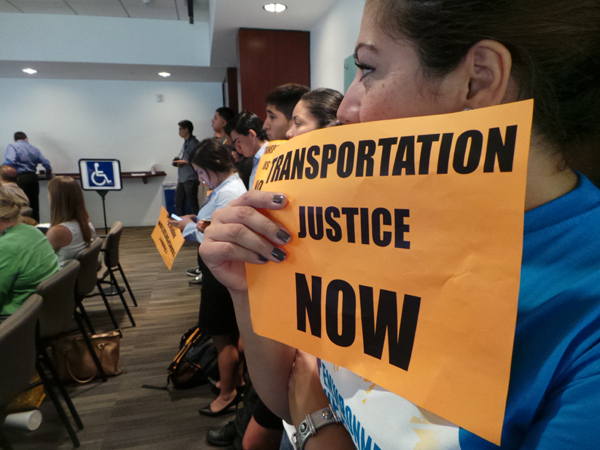
Welcome to the team of transportation justice advocates. We need your help.
The San Diego Association of Governments (SANDAG) plays a critical role in transportation justice because it determines what our streets look like. It decides where we get trolley stops, how much public transit costs and where bicycling and walking paths go, to name a few.
As transportation justice advocates, we demand to see transit and active transportation (biking/walking infrastructure) prioritized before we begin building more roads and expanding our freeways. We need what we're calling a transit first plan. Read below to learn more about how you can make your voice heard for your community.
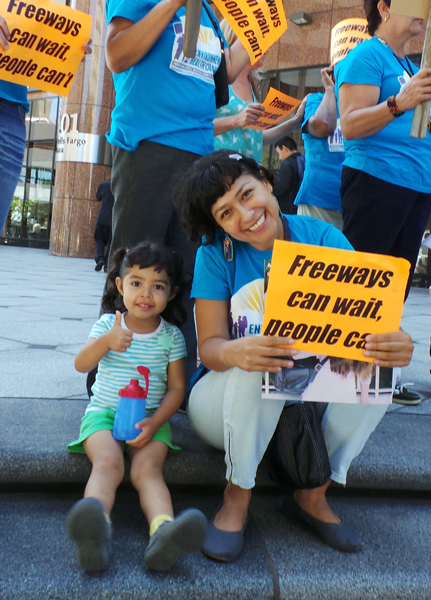 What does the transportation justice community want?
What does the transportation justice community want?
We want SANDAG to:
- Adopt a plan for San Diego that prioritizes transit projects that specifically benefit overburdened communities
- Postpone freeway projects to the end of the plan because they will most negatively impact overburdened communities
- Put the transit first plan through the same review process as the other plans to ensure it's considered an equal option.
The good news:
SANDAG is developing a plan in response to the commnunity's demand for transit and active transportation (biking/walking infrastructure) projects in the early stages of the plan. This is a good thing and what the community has asked for. However, this plan hasn't completely reflected what the community needs.
The not-so-good news:
This plan falls short by scheduling freeway projects to be built at the same time as transit and active transportation options.
This is a big problem.
Building freeways before transit and active transportation systems are fully functional is problematic for a variety of reasons.
It will deter people from using transit, negatively impact air quality and further contribute to climate change in our communities which already suffer from high air pollution and asthma rates. We want to see transit projects implemented before building freeways. This way, we can see the full the effect of our new transit systems and then evaluate if we need to expand freeways at all.
Additionally, every plan has to undergo a thorough review process. If the transit first plan doesn't go through this, it cannot be an option for SANDAG to implement when the time comes. As of right now, only the freeway-heavy plans are being reviewed; meaning only the freeway-heavy are viable options.
We can't let the transit first plan become just another planning document that sits on the shelf. We demand it be reviewed and proposed as a real option for SANDAG to consider.
Want to get involved?
We hope you do. Esta dirección de correo electrónico está siendo protegida contra los robots de spam. Necesita tener JavaScript habilitado para poder verlo. to join the transportation justice movement: (619) 474 0220 x 130.



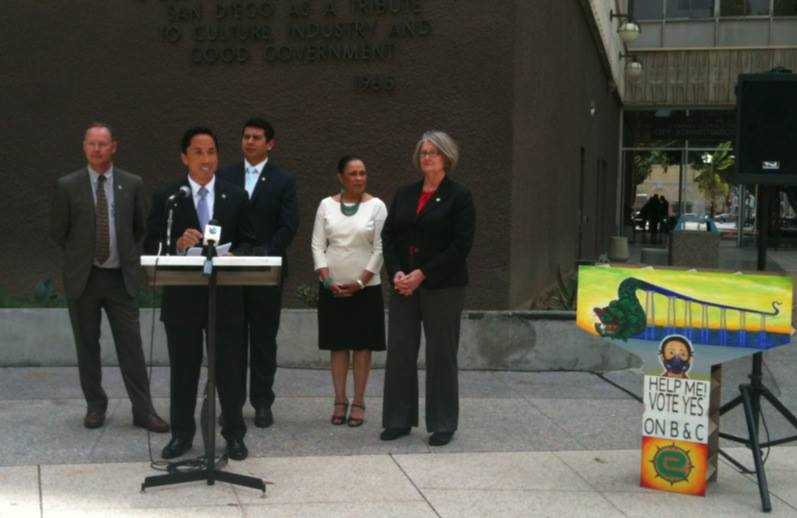 Environmental Health Coalition (EHC)
Environmental Health Coalition (EHC)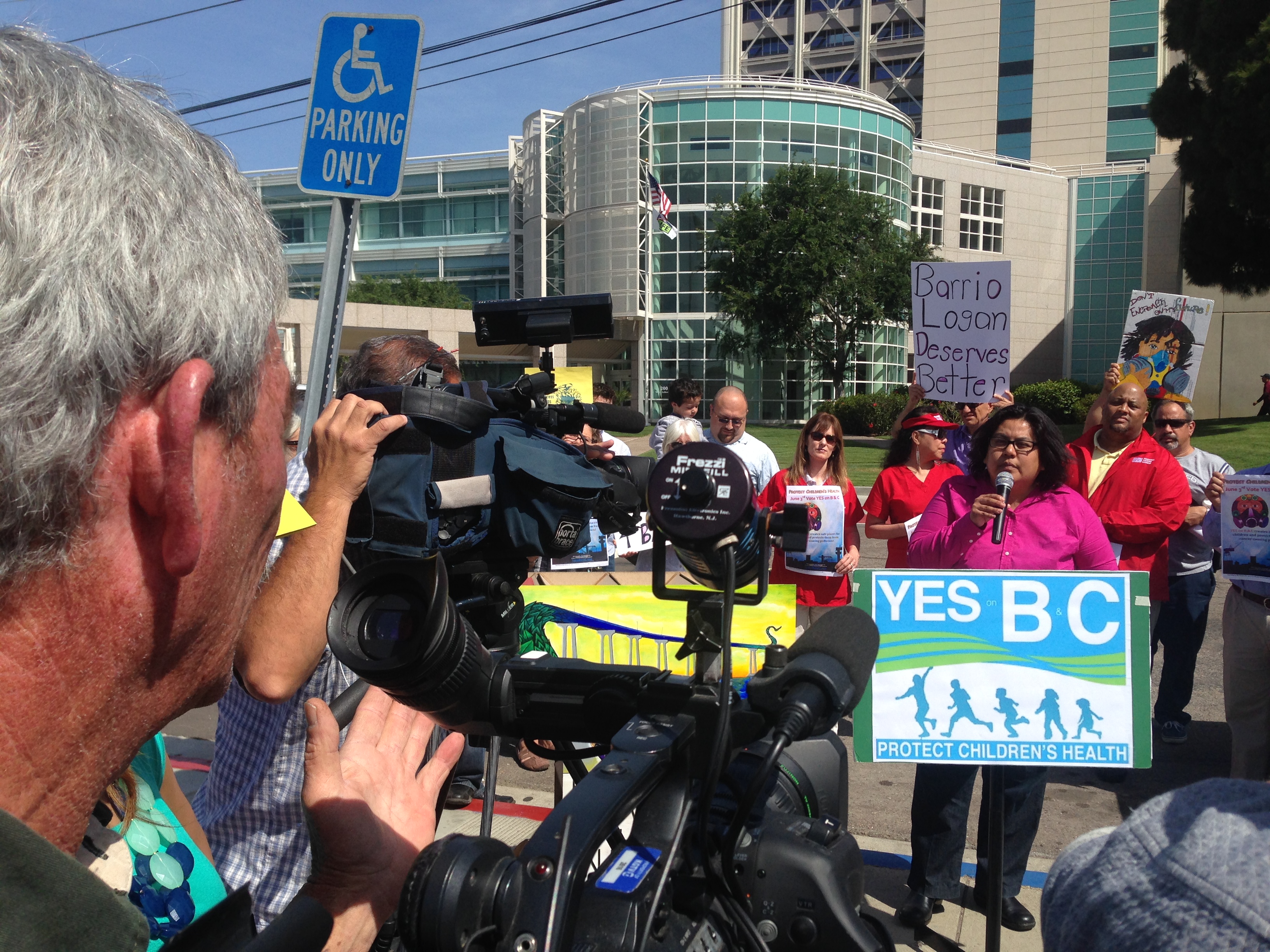 With our ever-growing community voice, we know Barrio Logan will earn a new community plan to make the neighborhood a healthy, safe place for families to thrive and grow just like the rest of San Diego. Until then, we continue to stand up for what we know every community deserves:
With our ever-growing community voice, we know Barrio Logan will earn a new community plan to make the neighborhood a healthy, safe place for families to thrive and grow just like the rest of San Diego. Until then, we continue to stand up for what we know every community deserves: 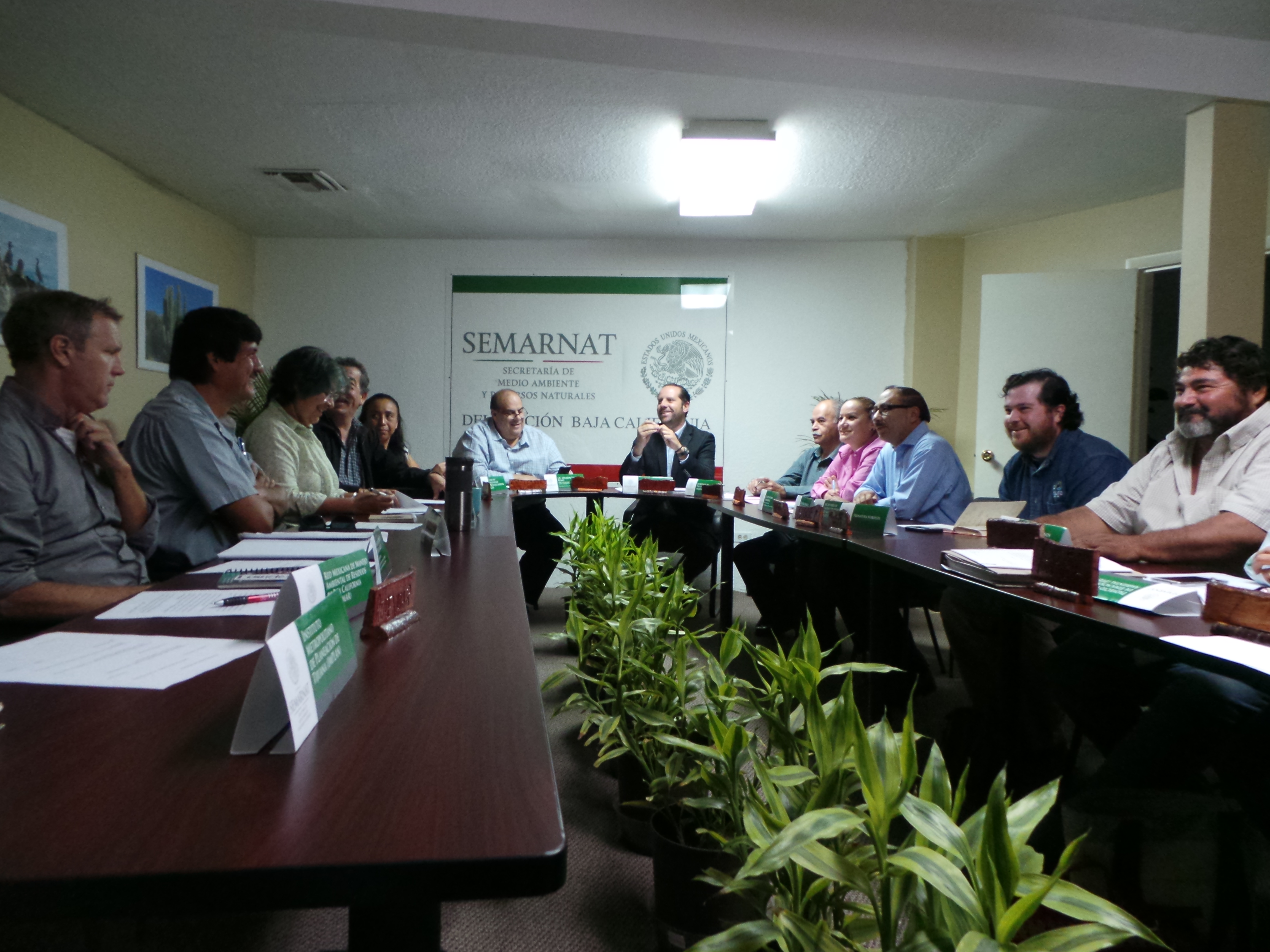
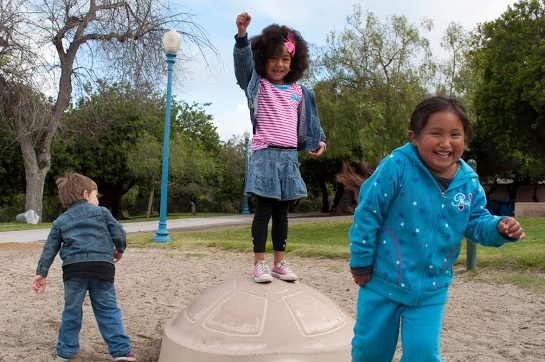
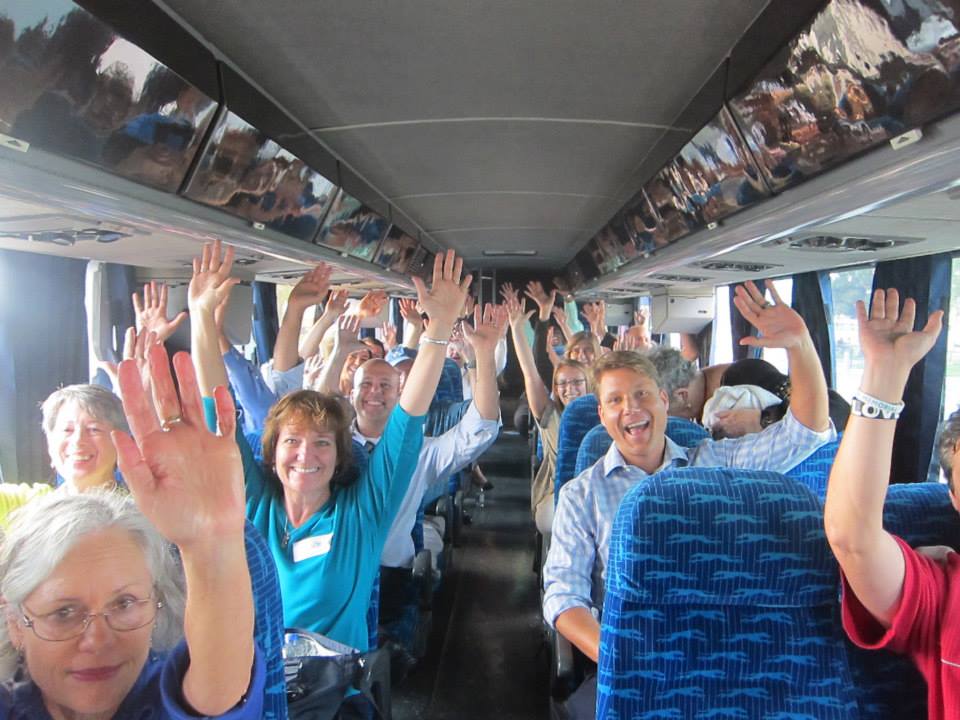 First we first stopped in National City to see where the community will get 201 affordable housing units and easy trolley access without destroying Paradise Creek and this beautiful open space.
First we first stopped in National City to see where the community will get 201 affordable housing units and easy trolley access without destroying Paradise Creek and this beautiful open space.